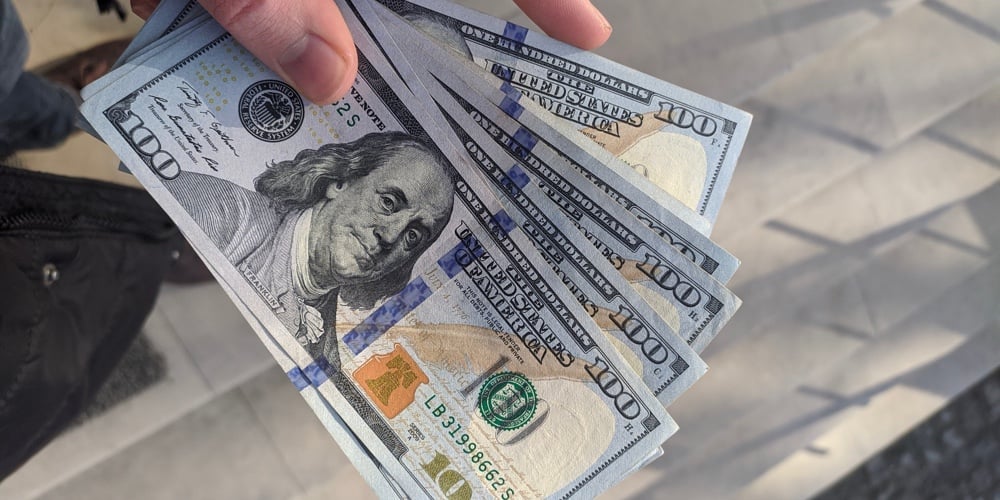How do the underbanked pay their bills?

Not so long ago, banking relationships were a staple of American life. Local banks and credit unions were a critical component of local communities, where tellers and customers or members often knew one another by name. Banks and credit unions fueled the American Dream by helping fund everything from new homes and automobiles to college tuition and vacation funds. These high-touch relationships were an integral part of the American economy and something that citizens relied upon for their financial wellbeing.
With the deregulation of the banking system and the digitization of everything from cash withdrawals to check deposits, banking relationships are not what they once were. Customers and members can get away with rarely setting foot inside a brick-and-mortar location. They may seldom if ever, interact with the employees at physical locations. And there are many Americans who cannot afford the cost of traditional banking at all. These people are often referred to as the “unbanked” or “underbanked.”
The numbers
The FDIC publishes a biennial report that explores the reality of people who are unbanked. Here are some key findings from the most recent study from 2019.
continue reading »
